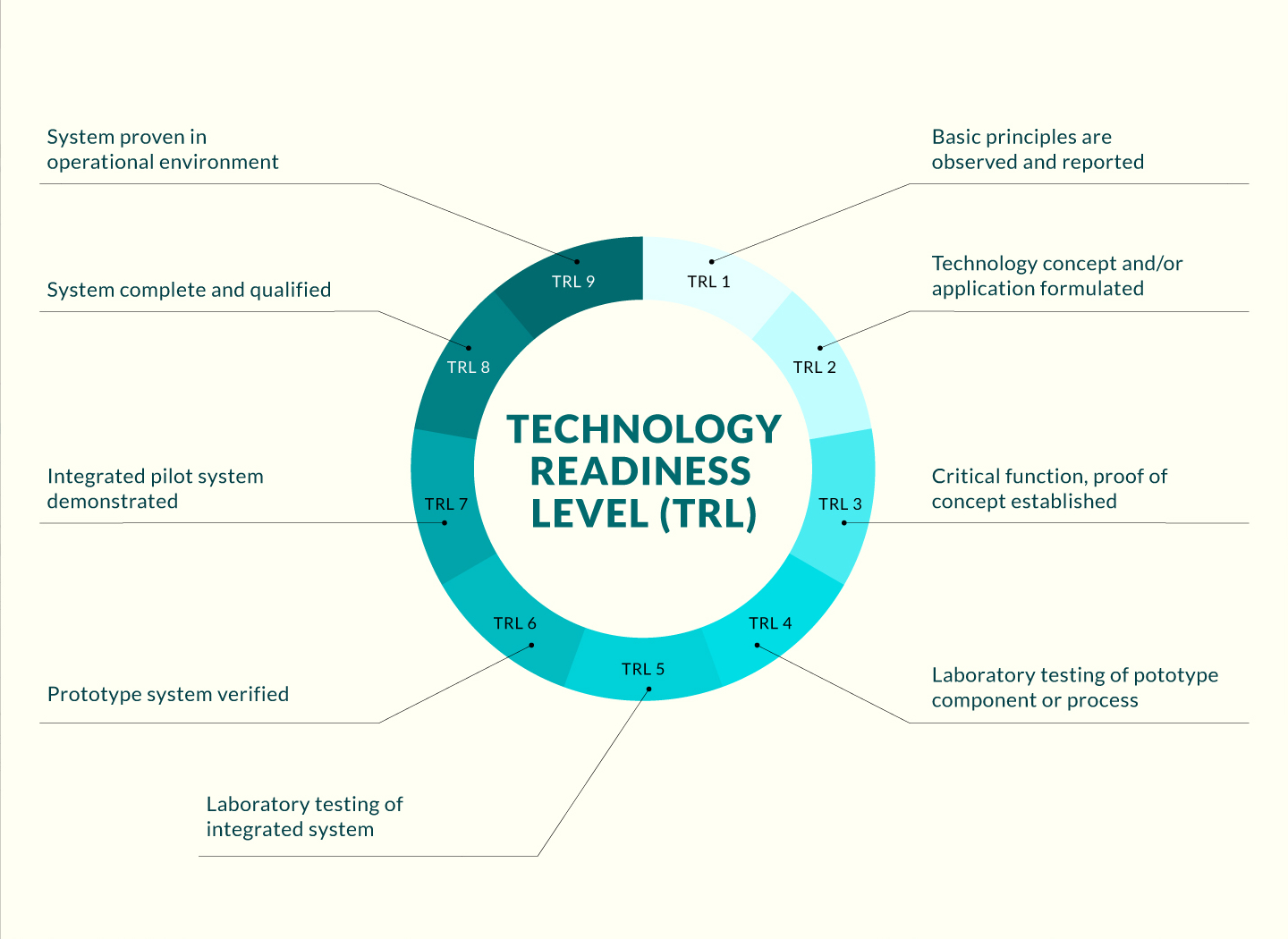
Opportunity
Wideband high-gain antennas—specialized antennas designed to operate over a broad frequency range while providing a high level of gain—have begun to attract significant attention due to the rapid advancement of wireless communication technologies. Wideband antennas can operate over a broad range of frequencies, making them suitable for various applications, including telecommunications, broadcasting, and radar systems. This versatility is crucial as communication standards evolve and new frequency bands are allocated. Various approaches have been devised to create wideband high-gain antennas. However, existing approaches often result in one or more of the following shortfalls: a bulky antenna structure, complicated antenna design/construction, limited gain bandwidth, and high manufacturing costs. Therefore, there is a need to improve the design and performance of antenna technology to achieve greater gain and efficiency to meet modern wireless communication needs.
Technology
The invention presents a significant advancement in antenna technology, addressing the limitations of current practices and providing enhanced performance in metrics such as gain, efficiency, and bandwidth for modern communication needs. Specifically, the technology is a novel wideband high-gain horn antenna that incorporates a metal lens. The use of a metal lens improves the performance of the antenna. The antenna design features a tapered electric field distribution at the input of the metal lens to improve gain and enhance overall antenna stability and bandwidth. The metal lens includes multiple channels that can be designed to achieve desired phase and magnitude distributions at the radiating aperture. The antenna may also incorporate a spatial power divider, which helps distribute the input power evenly across the antenna. The prototype antenna was manufactured using additive manufacturing techniques, which allow for precise control over the geometric and material properties of the components.
Advantages
- The use of a metal lens in the novel antenna improves on existing wideband high-gain antennas because metal lenses can handle higher power levels than traditional dielectric lenses, making them suitable for high-performance applications.
- The design of the lens is superior to conventional designs for three reasons. (1) The lens is less sensitive to frequency change, allowing a wider-band lens to be obtained. (2) The lens produces a more symmetrical radiation pattern. (3) The antenna design is more compact than existing bulky designs, because the lens is integrated with the horn (i.e., not external to the horn).
- The antenna achieves high realized gain; that is, it can transmit and receive signals more effectively than existing designs.
- Unlike some existing antennas, the novel antenna can operate over a wide frequency range, handling different frequencies effectively.
Applications
- Point-to-point wireless communications (with applications in telecommunications, Internet access, etc.).
- Wireless relay communication.
- Satellite communication.
- Ku-band applications.



